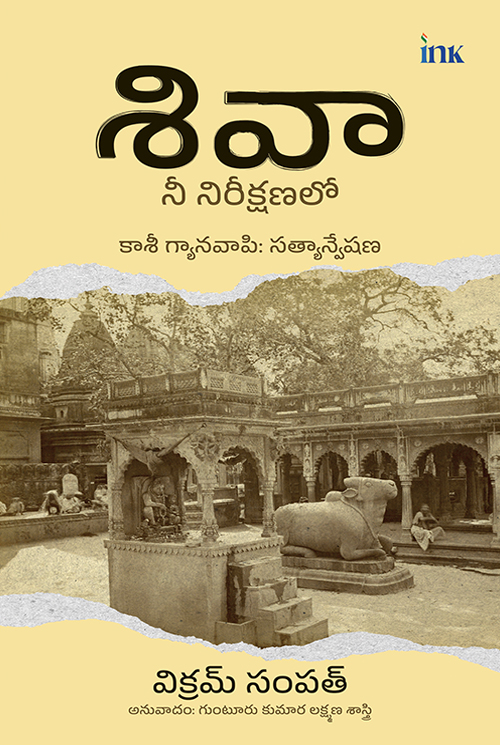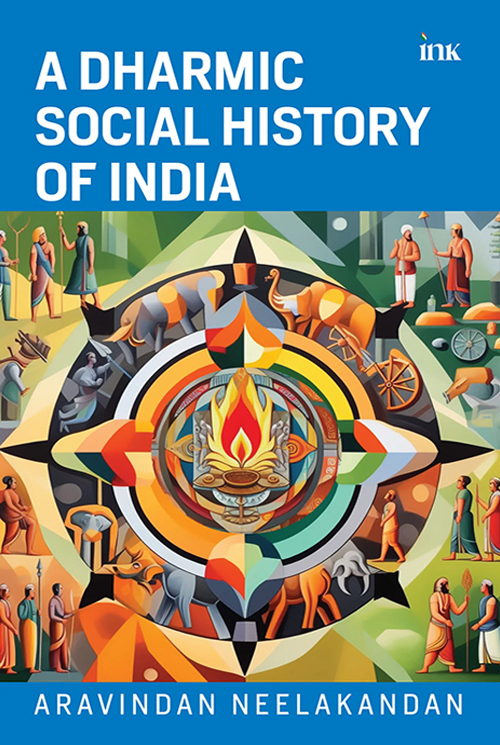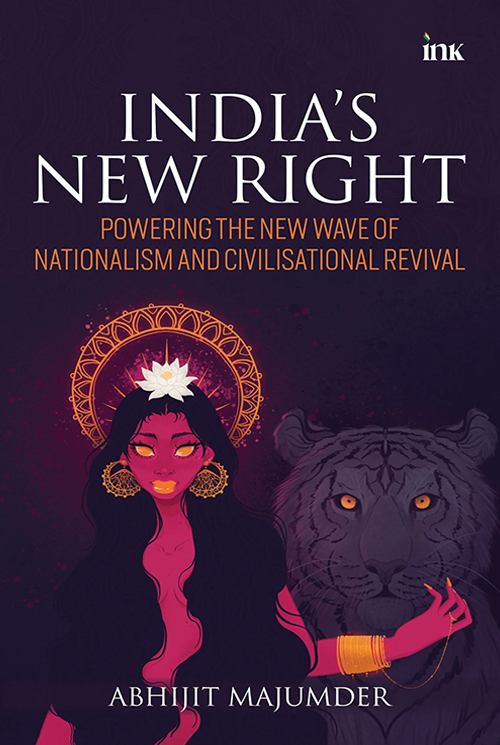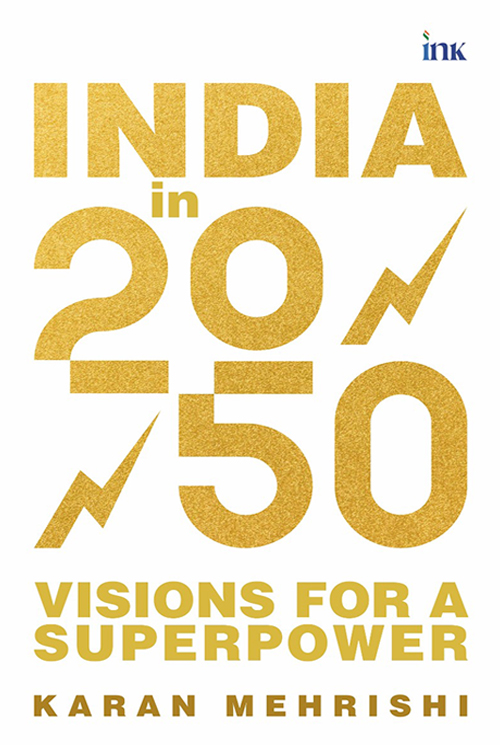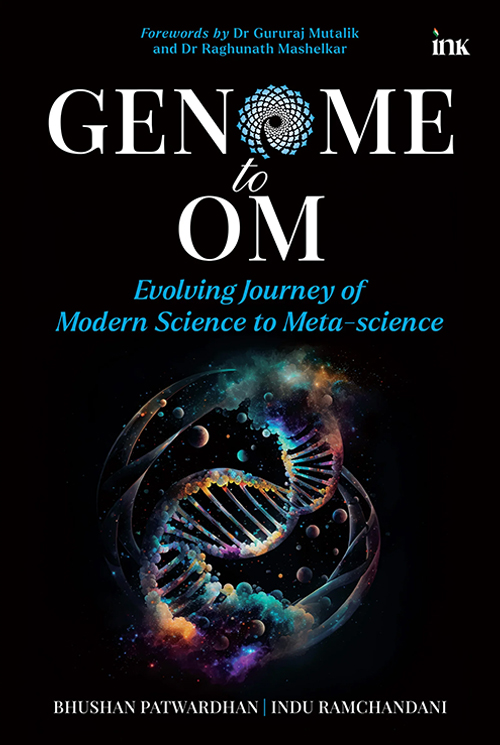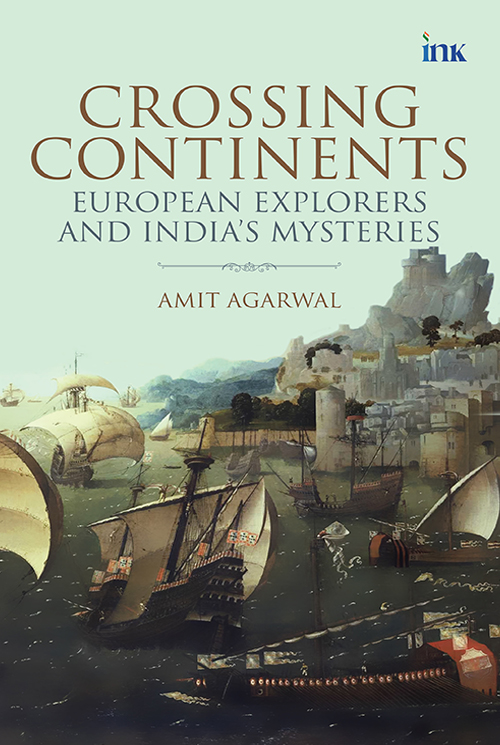Waiting for Shiva
చరిత్ర ఒక బరువు, ఒక బాధ్యత. ఆ బరువుబాధ్యతలను హుందాగా అలవోకగా మోస్తూ వచ్చిన న గరం కా శీ లే దా వా రణాసి. ప్ర పంచానికి వె లుగు చూ పిన ఈ దే శసంస్ కృతికి విలువైన ప్ర తీక. శతాబ్దా లుగా ఎదుర్కొన్న కష్టా లను, దాడులను భరిస్తూ , ఎదిరిస్తూ తలెత్తు కు నిలిచిన నగరం కాశీ.
“వెయిటింగ్ ఫర్ శివ: అనెర్తిం గ్ ది ట్రూ త్ ఆఫ్ కాశీస్ గ్యానవాపి” కు తెలుగు అనువాదం ఇది. శ కలాలుగా వు న్న చ రిత్ర ను ఒ క సూత్రం గా కూ ర్చిన ర చన, వి శ్వేశ్వరుడిగా విశ్వనాథుడిగా అనాదిగా ఈ జాతిని తరిం పచేస్తు న్న పరమేశ్వరుడి నివాసమై న కాశీ కథ ఇది. ‘కాశీలో తుది శ్వాస విడిస్తే చాలు ముక్తినిస్తా’ అని శివుడు స్వయంగా ప్ర కటించాడు. శతాబ్దా లుగా కాశీ పొందిన గౌరవమర్యాదలు, ముష ్కరుల దాడుల్లో శిథిలమై న కాశీ వ్యథలు, పడిన ప్ర తిసారీ కాశీని మళ్లీ లేపిన అచంచలమై న భక్తిప్ర పత్తు లు అన్నీ పేజీలలో మనను పలకరిస్తా యి. దెబ్బలు తినడం కాశీకి అలవాటే, అయితే చావుదెబ్బ కొట్టిం ది మటుకు 1669 లో ఔరంగజేబ్. ఆలయం ధ్వం సం చేసి, పడమటి గోడ మీద రెండు గుంబజ్ లు కట్టి, దాన్ని మసీదు అన్నా డు. గ్యా నవాపి మసీదు ఉన్న స్థ లం, ఆవరణ, 18 వ శతాబ్దం లో కట్టిన మందిరానికి మసీదుకు మధ్యలోని స్థ లం మొత్తం వివాదాలకు కారణమయ్యాయి. గంగ నెత్తు రు పులుముకుని రోదించిం ది. బ్రిటి ష్ హయాం లో ఎన్ని వ్యాజ్యా లలో తీర్పులు ప్ర కటించి నా పరిష్కారం లేకపోయిం ది. 1947 తరవాత కాశీ మందిరానికి స్వేచ్ఛ తేవాలన్న సంకల్పం మరిం త బలమై ంది. 2021 లోనమోదై న సివిల్ కేసు దేశాన్ని ఒక ఊపు ఊపగా, సుప్ర ీం కోర్టు ASIని సమగ్ర నివేదిక సమర్పిం చమని కోరిం ది. 2024 జనవరిలో బయటకు వచ్చిన ASI నివేదిక ఏం చెబుతోంది?
గ్యా నవాపి రహస్యాలను ఎంతో వివరంగా, ఆసక్తికరంగా, వివరిం చారు విక్ర మ్ సంపత్. పాఠకుల మనసు గెలుచుకునే, ఆలోచింపచేసే రచన. ఇదిగో, తెలుగులో మీకోసం.


